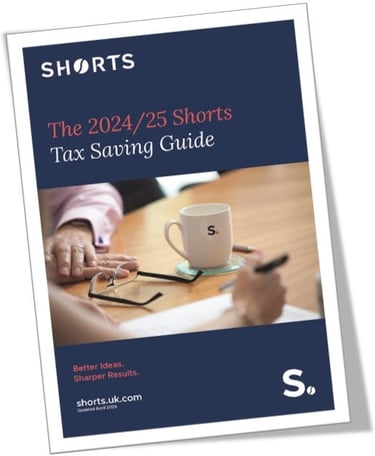.jpg)
On 1st May 2025, the Windsor Framework will take effect. Along with replacing the Northern Ireland Protocol, the Framework has far-reaching implications for VAT rates, movement of goods, and supply chains into Great Britain and Northern Ireland.
What is the Windsor Framework?
The Windsor Framework is an agreement between the United Kingdom (UK) and the European Union (EU). It simplifies the movement of goods between Great Britain (GB) and Northern Ireland (NI), following the UK’s exit from the EU.
The simplified procedures covered in the Framework applies to both parcels and freight.
Businesses who are eligible to move goods through the UK Internal Market Lane will no longer be required to submit a customs declaration or pay customs duty upon entry into NI.
Why is the Windsor Framework needed?
Before Brexit, Northern Ireland and Great Britain were a single, highly integrated UK market. Protocols put in place after Great Britain left the EU severely disrupted trade between GB and Northern Ireland.
Based on an estimate from the Economics Observatory, since 1 January 2021 the Protocol has raised the cost of goods brought into Northern Ireland from the rest of the UK by between 3% and 8%. The National Audit Office estimates the cost to the UK Government has been approximately £250 million per year to administer.
What are the advantages of implementing the Windsor Framework?
In addition to simplified customs procedures, which will allow the movement of goods without the need for customs declarations in many cases, other advantages include:
- The prevention of a potentially serious break in supplies of medicines from Great Britain to Northern Ireland.
- Chilled meats and sausages from GB will be allowed into supermarkets and other food shops in Northern Ireland.
- The UK can apply reduced VAT rates on goods supplied and installed in immoveable property, e.g. the zero rating of energy saving materials to NI.
- Greater flexibility on future VAT rates.
- Northern Ireland will not be required to apply the EU special scheme for distance sales of goods from Great Britain.
How will goods be moved from Great Britain to Northern Ireland after 1st May 2025?
The Windsor Framework sets out the different arrangements for moving parcels and freight, and for selling to other businesses and to consumers.
Parcels – business to business (B2B)
All B2B parcels will require information to be submitted onto the Customs Declaration Service (CDS). Parcel carriers can submit this as part of their door-to-door service.
Businesses will be required to provide some additional information to their parcel carrier, and in certain cases may need to pay duty (such as goods destined for the EU), which can be reclaimed if the goods stay in Northern Ireland.
Parcels – business to consumer (B2C)
For goods sent to consumers in Northern Ireland for their personal use, no individual customs declarations will be required. No duty will be payable, and the goods will not have to be presented to the customs authorities.
When goods are sent to consumers the carrier will collect standard consumer data about the movement, such as the recipient’s details and a description of the goods.
Freight – red lane and UK Internal Market Lane
The Windsor Framework includes the introduction of a red lane and a UK Internal Market Lane for goods entering Northern Ireland. The full "UK Internal Market Lane" takes effect from 1st May 2025 for the movement of all goods between Great Britain and Northern Ireland.
Businesses moving ‘not at risk’ goods can benefit from providing a simplified data set to move goods through the "UK Internal Market Lane". Businesses will be able to provide a reduced dataset of information to HMRC rather than completing a more complicated supplementary declaration.
Red lane restrictions
Any goods entering Northern Ireland from GB bound for the EU (including the Republic of Ireland), or goods deemed "at risk" of entering the EU, must enter via the red lane.
Goods travelling through the red lane are subject to full EU customs checks and the payment of tariffs. Businesses that move goods through the red lane but do not subsequently enter the EU can use the Duty Reimbursement Scheme to reclaim EU duty paid on goods, if they can show the goods didn’t enter the EU.
What is the "Stormont Brake"?
The Windsor Framework includes a new safeguard, referred to as the Stormont Brake. If changes to EU laws are expected to significantly impact everyday life in Northern Ireland, the Stormont Brake gives the Northern Ireland Assembly veto power.
Where can I find further information?
HMRC has published information for businesses affected by the Windsor Framework, and this is available on the gov.uk website. You can also contact the Indirect Tax team at Shorts who will be happy to answer any questions.

Lynne Gill
My area of expertise is land and property transactions but I have extensive knowledge of both domestic and international VAT and I love complex VAT queries. I have an Honours degree in Business Studies and a VAT legal and technical qualification from the Institute of Indirect Taxation.
View my articlesTags: VAT, Brexit, Northern Ireland, Windsor Framework


